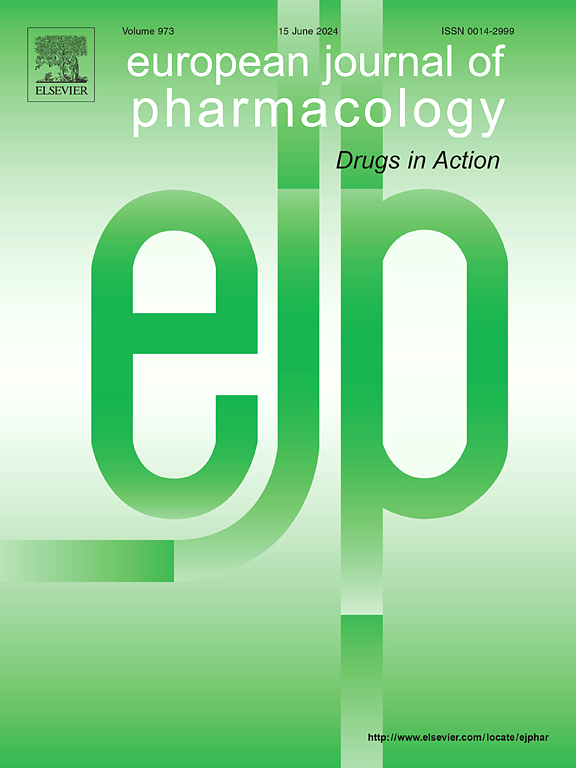揭示川崎病的神秘发病机制:通过靶向FCGR3B-S100A12通路揭示新的治疗途径。
IF 4.2
3区 医学
Q1 PHARMACOLOGY & PHARMACY
引用次数: 0
摘要
川崎病(Kawasaki disease, KD)主要影响儿科人群,并表现出显著的耐药发生率,导致冠状动脉损伤和血栓形成。本研究旨在确定KD治疗的创新治疗靶点。通过利用来自外周血单核细胞的单细胞数据,我们确定了差异表达的基因。通过整合eQTL数据和孟德尔随机化分析,我们发现FCGR3B和S100A12与KD存在因果关系。药物银行数据库显示了它们作为候选药物的潜力。GSEA进一步阐明了它们在冠状动脉损伤和血栓形成中的作用。此外,我们已经证实配体- fcgr3b复合物增强细胞质内的细胞内钙浓度(Ca2+),从而加速中性粒细胞分泌S100A12(一种针对内皮细胞的促炎细胞因子)。综合已有研究,我们提出FCGR3B-S100A12通路正调节冠状动脉损伤和血栓形成的协同作用,提示其在临床治疗中的应用前景。本文章由计算机程序翻译,如有差异,请以英文原文为准。
Illuminating the enigmatic pathogenesis of Kawasaki disease: Unveiling novel therapeutic avenues by targeting FCGR3B-S100A12 pathway
Kawasaki disease (KD) primarily affects the pediatric population and exhibits a notable incidence of drug resistance, resulting in coronary artery damage and thrombosis. This study aimed to identify innovative therapeutic targets for KD treatment. By harnessing single-cell data derived from peripheral blood mononuclear cells, we identified differentially expressed genes. Through the integration of eQTL data and Mendelian randomization analysis, we identified FCGR3B and S100A12 were causally linked to KD. The DrugBank database showed their potential as drug target candidates. GSEA further elucidated their roles on coronary artery damage and thrombosis. Furthermore, we have confirmed that the ligand-FCGR3B complex enhances the intracellular calcium concentration (Ca2+) within the cytoplasm, which in turn accelerates the secretion of S100A12, a pro-inflammatory cytokine that targets endothelial cells, from neutrophils. By integrating existing research, we proposed a synergistic effect that FCGR3B-S100A12 pathway positively modulates the development of coronary artery damage and thrombus formation, suggesting their perspectives in clinical treatment.
求助全文
通过发布文献求助,成功后即可免费获取论文全文。
去求助
来源期刊
CiteScore
9.00
自引率
0.00%
发文量
572
审稿时长
34 days
期刊介绍:
The European Journal of Pharmacology publishes research papers covering all aspects of experimental pharmacology with focus on the mechanism of action of structurally identified compounds affecting biological systems.
The scope includes:
Behavioural pharmacology
Neuropharmacology and analgesia
Cardiovascular pharmacology
Pulmonary, gastrointestinal and urogenital pharmacology
Endocrine pharmacology
Immunopharmacology and inflammation
Molecular and cellular pharmacology
Regenerative pharmacology
Biologicals and biotherapeutics
Translational pharmacology
Nutriceutical pharmacology.

 求助内容:
求助内容: 应助结果提醒方式:
应助结果提醒方式:


